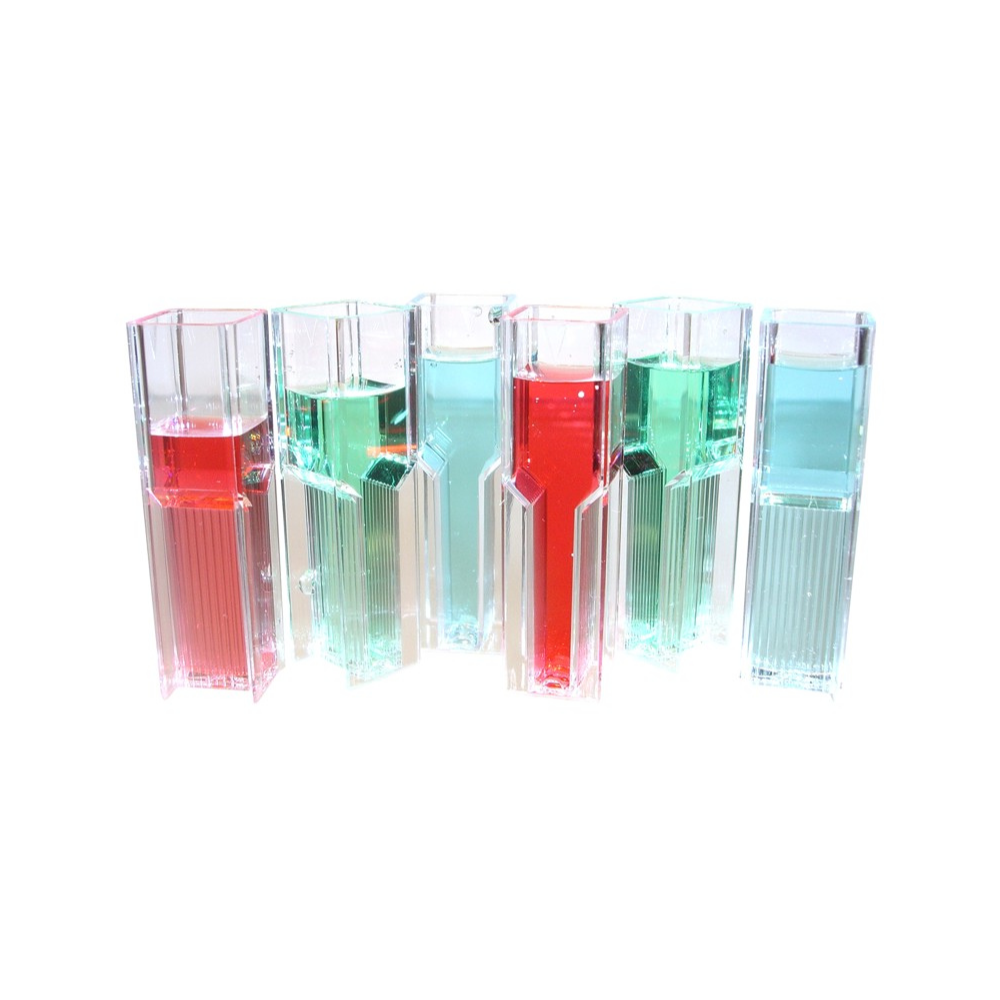Cuvettes are essential tools in spectrophotometry, used across various scientific disciplines for precise measurement of absorbance and transmission of light through liquid samples. In this article, we’ll delve into what cuvettes are, their types, applications, and how to choose the right one for your experiments.
Introduction to Cuvettes
Cuvettes play a crucial role in spectrophotometry, a technique that measures how much a substance absorbs or transmits light at different wavelengths. They are specifically designed containers that hold the sample being analyzed within a spectrophotometer. Understanding their structure, types, and applications is vital for accurate experimental results.
What is a Cuvette?
A cuvette, often referred to as a cell or sample chamber, is a small, transparent vessel typically made from glass, plastic, or quartz. It allows light to pass through the sample, enabling the spectrophotometer to measure the absorption or transmission of light by the substance within.
Types of Cuvettes
Glass Cuvettes
Glass cuvettes are the most common type, known for their durability and optical clarity. They are suitable for a wide range of wavelengths and are reusable after thorough cleaning.
Plastic Cuvettes
Plastic cuvettes, made from materials like acrylic or polystyrene, are cost-effective and disposable. They are ideal for UV-visible spectrophotometry but may have limited compatibility with organic solvents.
Quartz Cuvettes
Quartz cuvettes are highly transparent across a broader spectrum, including ultraviolet light. They are preferred for experiments requiring precise wavelength control and resistance to chemical attack.
Importance of Cuvettes in Spectrophotometry
Cuvettes provide a controlled environment for samples, ensuring consistent results in spectrophotometric analysis. Their optical properties and compatibility with different substances make them indispensable tools in research and quality control.
Key Features of Cuvettes
Cuvettes vary in size, optical path length, and material composition, influencing their performance in spectrophotometry. Factors such as light transmission efficiency and sample volume capacity are critical considerations when selecting a cuvette for specific applications.
Choosing the Right Cuvette
Wavelength Range Compatibility
Different cuvettes have specific wavelength ranges they can effectively transmit light through. Choosing one that matches the wavelength of your spectrophotometer ensures accurate readings.
Sample Compatibility
The material of the cuvette must be compatible with the sample and solvent used in the experiment to prevent interference or reactions that could alter the results.
Optical Clarity
Optical clarity ensures minimal light scattering or absorption by the cuvette itself, maximizing the accuracy of measurements.
How to Use a Cuvette?
Using a cuvette involves careful preparation, handling, and cleaning to avoid contamination and ensure reliable results.
Preparation
Clean the cuvette thoroughly with appropriate solvents to remove any residue from previous use.
Loading the Sample
Carefully transfer the sample into the cuvette, ensuring no air bubbles are trapped inside, which could affect light transmission.
Inserting into Spectrophotometer
Place the loaded cuvette into the spectrophotometer’s sample chamber, aligning it according to the instrument’s requirements.
Reading the Results
Initiate the spectrophotometer to measure absorbance or transmission of light through the sample, recording the data for analysis.
Maintenance of Cuvettes
Proper maintenance extends the lifespan and accuracy of cuvettes, ensuring consistent performance over time.
Cleaning Procedures
Regularly clean cuvettes with appropriate cleaning agents to remove residues and maintain optical clarity.
Storage Tips
Store cuvettes in a clean, dry environment to prevent contamination and preserve their optical properties.
Advantages of Using Cuvettes
Cuvettes offer precise control over experimental conditions, facilitating accurate measurement of light absorbance and transmission in various scientific applications.
Limitations and Challenges
Despite their benefits, cuvettes may pose challenges such as limited compatibility with certain solvents or fragility when mishandled.
Innovations in Cuvette Design
Recent advancements focus on improving cuvette durability, optical performance, and compatibility with diverse sample types, enhancing their utility in research and industry.
Applications of Cuvettes
Cuvettes find extensive use in biochemical analysis, pharmaceutical research, environmental monitoring, and other scientific fields requiring precise spectroscopic measurements.
Future Trends in Cuvette Technology
Future developments may include enhanced material designs, integrated sample handling features, and improved compatibility with emerging analytical techniques.
Conclusion
In conclusion, cuvettes are indispensable tools in spectrophotometry, offering researchers precise control and accurate measurement capabilities across various scientific disciplines. Understanding their types, applications, and proper usage ensures reliable experimental outcomes.
FAQs About Cuvettes
- What is the difference between glass and quartz cuvettes?Glass cuvettes are more durable and cost-effective, whereas quartz cuvettes offer superior optical clarity in ultraviolet ranges.
- Can plastic cuvettes be reused?Plastic cuvettes are generally disposable due to potential contamination risks with repeated use.
- How should cuvettes be handled to avoid scratching?Handle cuvettes with care, using soft materials for cleaning and storage to prevent scratches that could affect optical clarity.
- What factors affect cuvette selection for spectrophotometry?Factors include wavelength range, sample compatibility, optical path length, and material transparency.
- Why are cuvettes essential in biochemical research?Cuvettes enable precise measurement of light absorbance, crucial for studying chemical reactions and analyzing biomolecules.
